Mastering the Shared Google Calendar: A Complete Information
Associated Articles: Mastering the Shared Google Calendar: A Complete Information
Introduction
On this auspicious event, we’re delighted to delve into the intriguing subject associated to Mastering the Shared Google Calendar: A Complete Information. Let’s weave fascinating data and supply recent views to the readers.
Desk of Content material
Mastering the Shared Google Calendar: A Complete Information
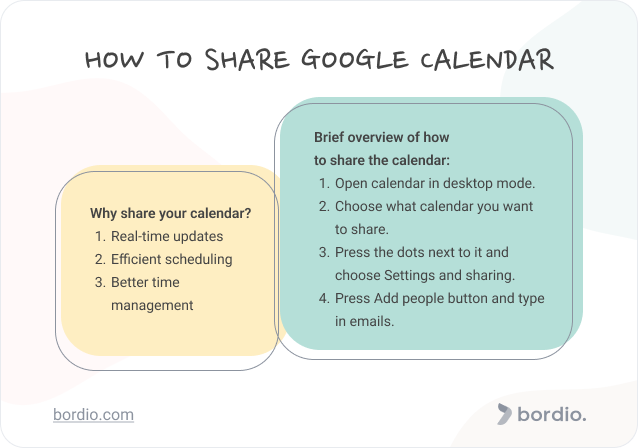
Google Calendar is a robust instrument for particular person scheduling, however its true potential unlocks whenever you share it. Whether or not you are coordinating a big workforce, managing household occasions, or collaborating on a posh venture, a shared Google Calendar can streamline communication and increase effectivity. This complete information will stroll you thru all the things you might want to find out about creating, managing, and maximizing the advantages of a shared Google Calendar, significantly for bigger teams.
Half 1: Setting Up Your Shared Google Calendar
Making a shared Google Calendar is surprisingly simple, however understanding the nuances of permissions and settings is essential, particularly when coping with numerous customers (2000+ on this case).
1. Selecting the Proper Method: For a bunch of 2000, making a single, large shared calendar may appear intuitive, but it surely’s typically inefficient and susceptible to overwhelming litter. As a substitute, take into account a extra structured strategy:
-
A number of Calendars with Completely different Permissions: Create a number of calendars, every devoted to a particular objective or workforce. As an example, you may need calendars for:
- Undertaking A: For duties, conferences, and deadlines associated to a particular venture.
- Staff Advertising: For advertising workforce conferences, occasions, and deadlines.
- Firm-wide Occasions: For all-hands conferences, firm holidays, and different organization-wide occasions.
- Useful resource Reserving: For reserving assembly rooms, gear, or different shared assets.
This technique permits for higher group and focused entry management. Customers solely subscribe to the calendars related to their roles and duties, avoiding data overload.
- Utilizing Google Teams: Google Teams can considerably simplify managing permissions for numerous customers. Create a Google Group for every workforce or class and grant entry to the corresponding calendar to the whole group. This eliminates the necessity to add every particular person consumer individually.
2. Creating the Calendar:
- Open Google Calendar: Log into your Google account and navigate to Google Calendar.
- Create a New Calendar: Click on the "+" icon subsequent to "Different calendars" within the left sidebar and choose "Create new calendar."
- Title Your Calendar: Give your calendar a transparent and descriptive title (e.g., "Undertaking X Staff Calendar," "Advertising Staff Occasions").
- Set Location (Non-compulsory): Add a location if related, particularly for calendars associated to bodily occasions or useful resource reserving.
- Description (Non-compulsory): Add a short description to make clear the calendar’s objective.
- Create: Click on "Create calendar" to finalize the method.
3. Sharing the Calendar:
-
Entry Calendar Settings: Open the newly created calendar and click on the three vertical dots (Extra actions) subsequent to the calendar’s title. Choose "Settings and sharing."
-
Add Folks and Teams: Within the "Share with particular individuals" part, enter the e-mail addresses of people or Google Teams you need to grant entry to.
-
Select Permission Ranges: For every particular person or group, choose their permission stage:
- See solely free/busy data: This solely exhibits availability, not occasion particulars. Splendid for exterior collaborators or for sustaining privateness.
- See all occasion particulars: This supplies full entry to occasion data.
- Make adjustments to occasions: Permits customers to edit and delete occasions. Use warning with this permission stage, particularly for calendars with delicate data.
- Make adjustments and handle sharing: This offers customers full management over the calendar, together with including and eradicating different customers. Solely grant this to trusted directors.
-
Ship Notifications (Non-compulsory): Test the field to ship e-mail notifications to the added customers.
-
Save Modifications: Click on "Save" to finalize the sharing settings.
Half 2: Managing a Shared Google Calendar Successfully
Managing a shared calendar for a big group requires a transparent technique and constant practices.
1. Establishing Clear Tips:
- Occasion Naming Conventions: Set up a standardized naming conference for occasions to make sure consistency and searchability (e.g., [Project Name] – [Meeting Type] – [Date]).
- Shade-Coding: Use completely different colours to signify various kinds of occasions or groups.
- Description Particulars: Encourage customers to incorporate complete descriptions for every occasion, together with related hyperlinks, paperwork, and phone data.
- RSVPs: Make the most of the RSVP function to trace attendance and handle capability for occasions.
- Recurring Occasions: Use recurring occasions for normal conferences or appointments to keep away from repetitive entries.
- Reminders: Set acceptable reminders to make sure well timed attendance and preparation.
2. Using Superior Options:
- Google Calendar Integrations: Combine Google Calendar with different productiveness instruments like Slack, Microsoft Groups, or venture administration software program for seamless workflow.
- Useful resource Administration: Use Google Calendar to handle shared assets like assembly rooms or gear. Create separate calendars for these assets and permit customers to guide time slots.
- Calendar Views: Experiment with completely different calendar views (day, week, month, agenda) to search out the best option to visualize occasions.
- Search Performance: Leverage the highly effective search perform to rapidly discover particular occasions or data throughout the calendar.
3. Sustaining Order and Stopping Conflicts:
- Common Audits: Periodically assessment the calendar for outdated or irrelevant occasions.
- Designated Calendar Administrator(s): Assign a number of people to supervise the calendar, guaranteeing accuracy, consistency, and resolving conflicts.
- Communication Channels: Set up clear communication channels (e.g., Slack channel, e-mail checklist) for bulletins, updates, and addressing calendar-related points.
- Battle Decision: Set up a course of for resolving scheduling conflicts promptly and pretty.
Half 3: Addressing Challenges with Giant Shared Calendars
Managing a shared Google Calendar with 2000 customers presents distinctive challenges:
- Efficiency Points: A really massive calendar may expertise efficiency slowdowns. The decentralized strategy with a number of calendars mitigates this threat considerably.
- Data Overload: Too many occasions on a single calendar can result in data overload. The technique of a number of, purpose-specific calendars instantly addresses this.
- Permission Administration: Managing permissions for numerous customers might be advanced. Using Google Teams simplifies this significantly.
- Communication Breakdown: Efficient communication is essential to stop confusion and conflicts. Clear pointers, designated directors, and devoted communication channels are important.
Conclusion:
A shared Google Calendar might be a useful asset for giant organizations and groups. Nevertheless, its effectiveness relies on cautious planning, clear communication, and the adoption of greatest practices. By implementing the methods outlined on this information, you’ll be able to harness the ability of Google Calendar to boost collaboration, enhance effectivity, and cut back scheduling conflicts, even when managing a calendar for a bunch as massive as 2000 customers. Keep in mind that a well-structured strategy with a number of calendars, clear pointers, and efficient communication is vital to success. Often assessment your system and adapt your methods as wanted to make sure your shared Google Calendar stays a productive and useful gizmo to your complete workforce.
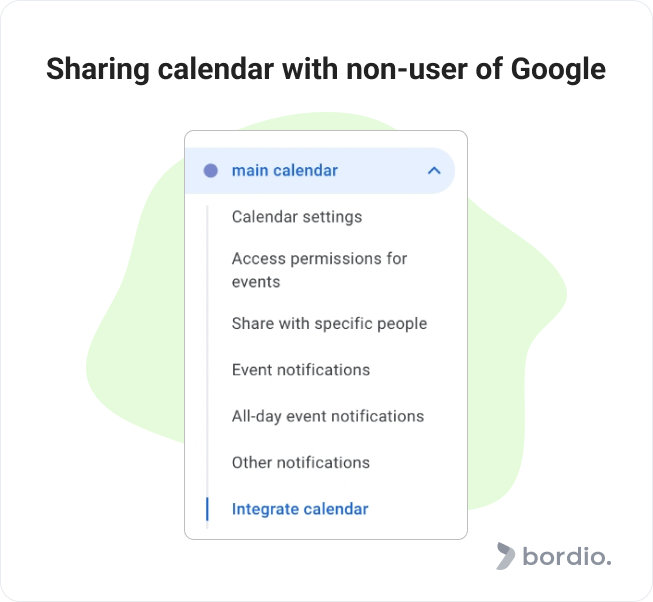
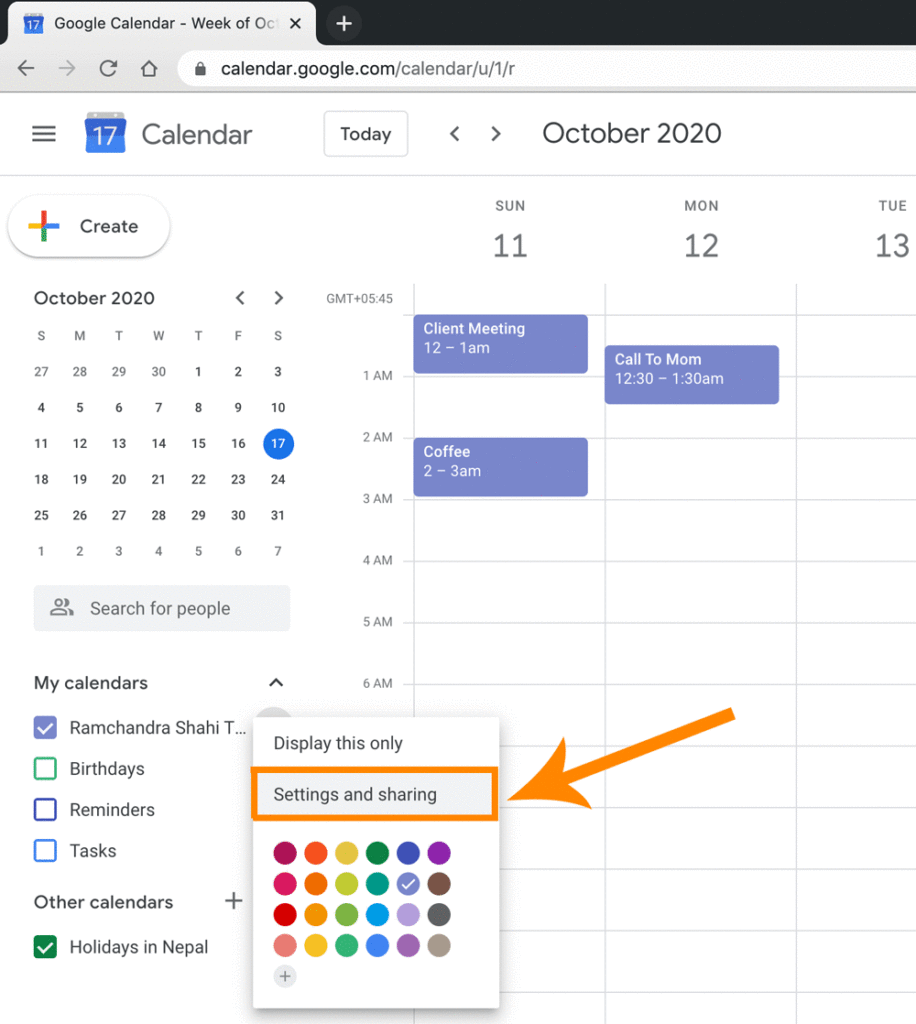

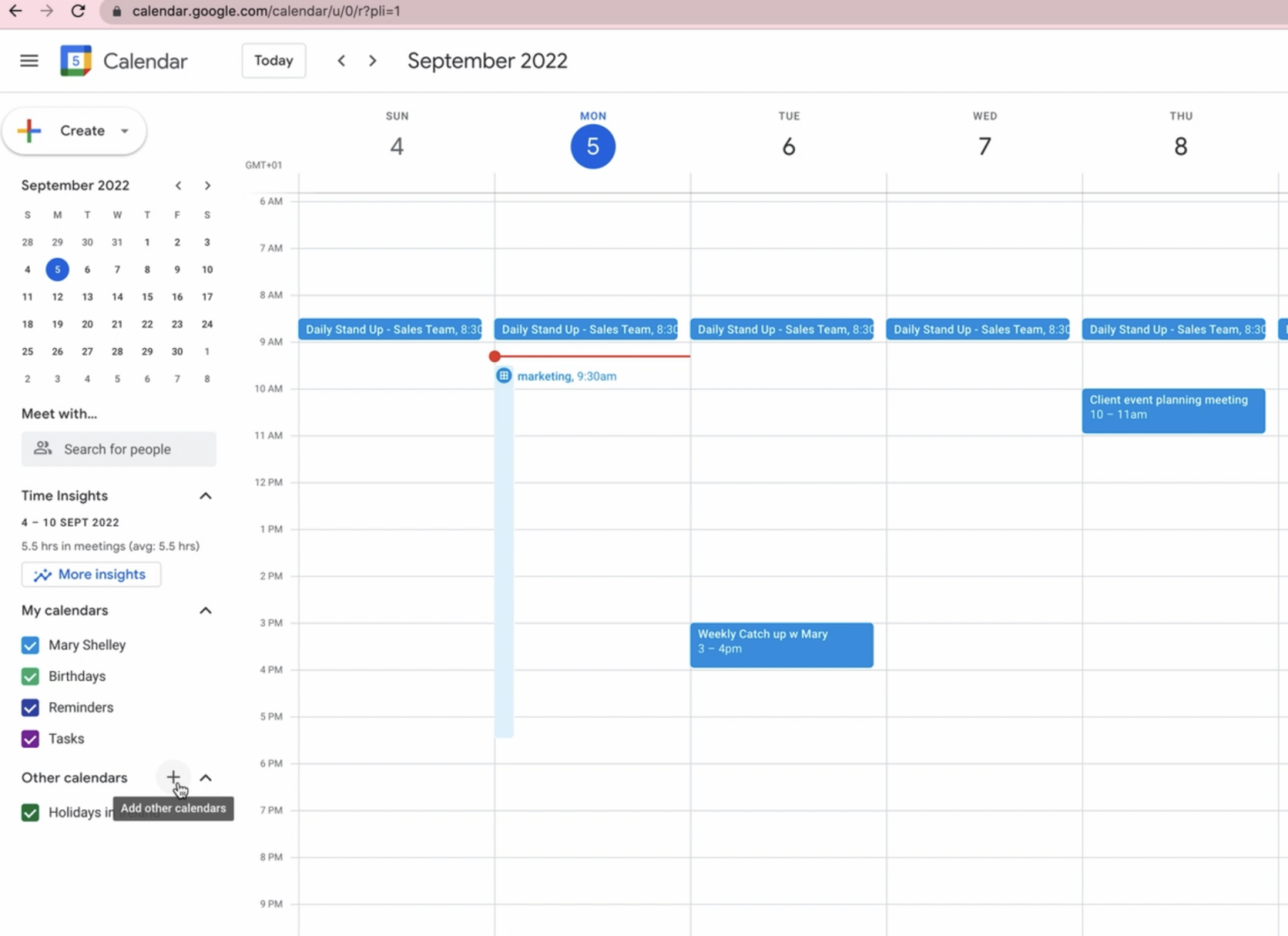

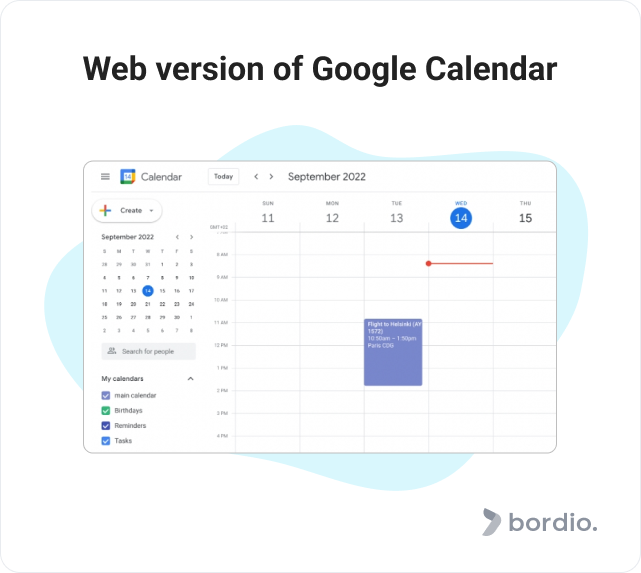
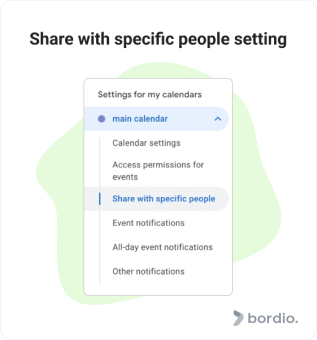
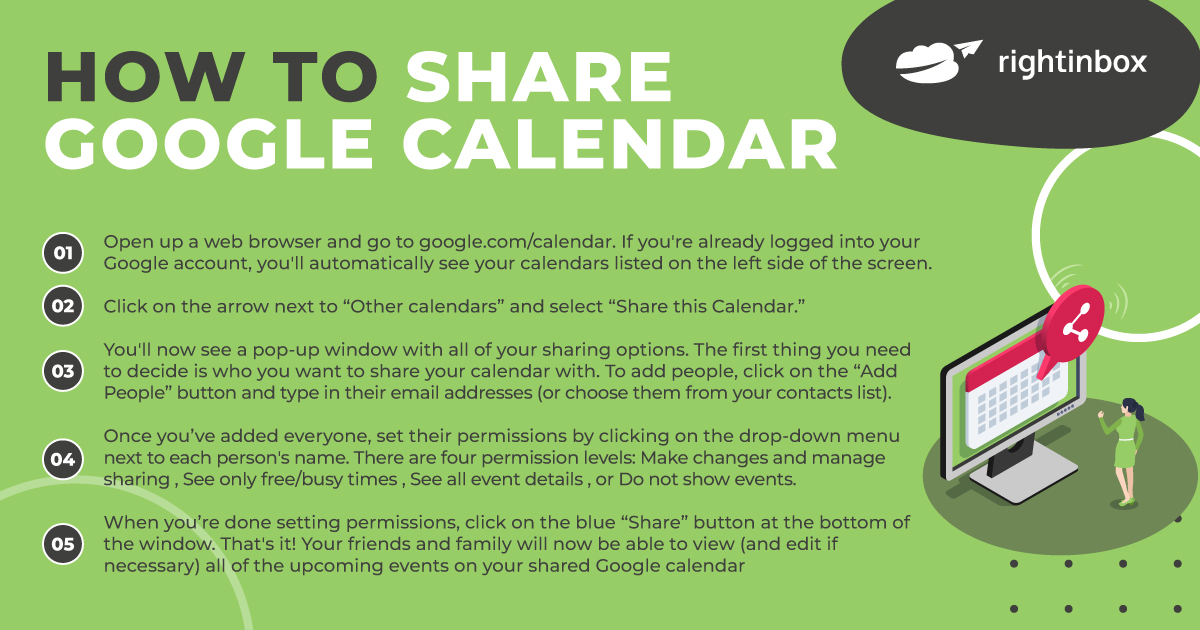
Closure
Thus, we hope this text has offered worthwhile insights into Mastering the Shared Google Calendar: A Complete Information. We thanks for taking the time to learn this text. See you in our subsequent article!